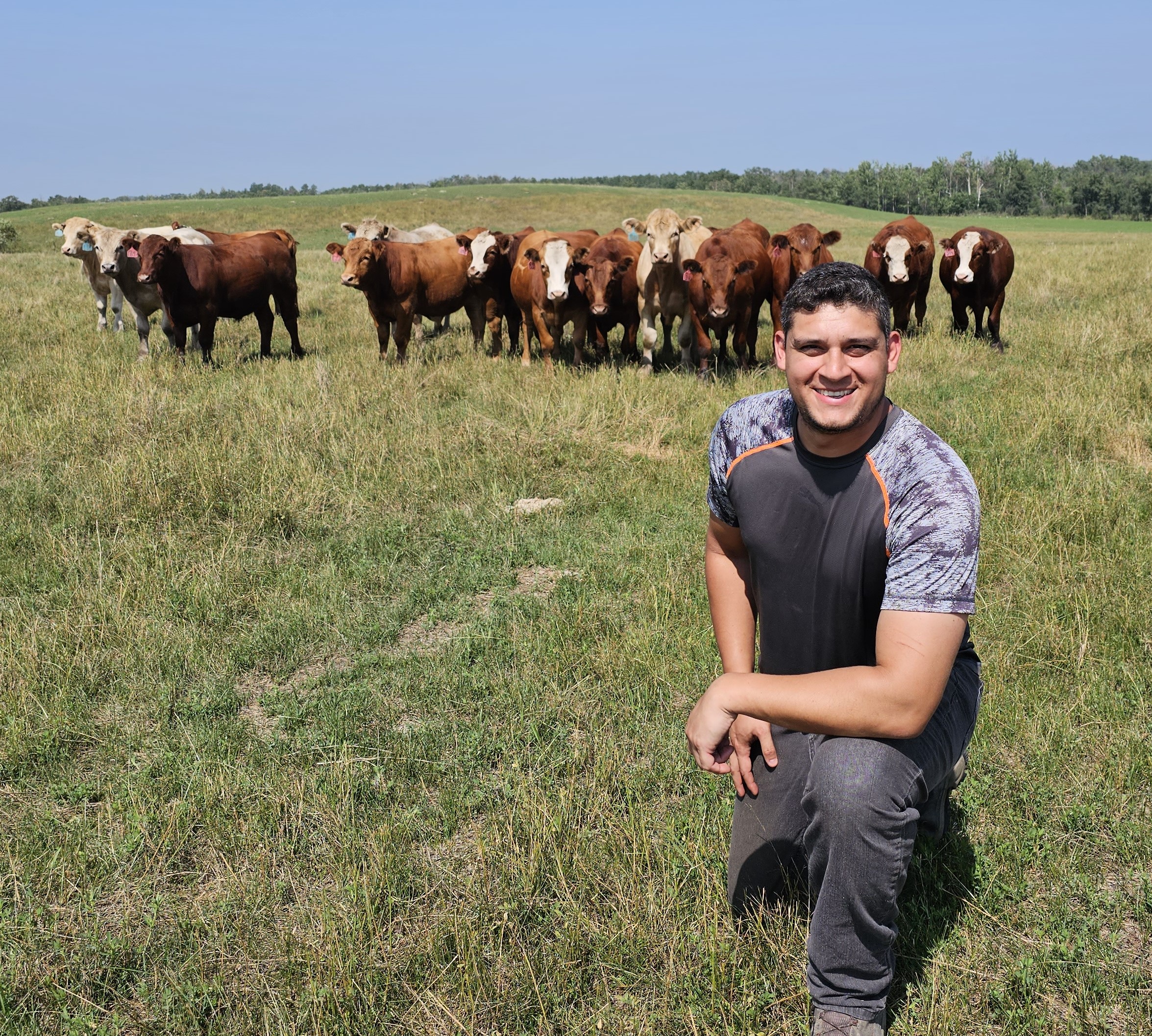Circulating leptin and its muscle gene expression in Nellore cattle with divergent feed efficiency
Published in Journal of Animal Science and Biotechnology,8:71, 2017
Recommended citation: L.F.M. Mota, C.M. Bonafé, P.A. Alexandre, M.H. Santana, F.J. Novais , E. Toriyama, A.V. Pires, S.L. Silva, P.R. Leme, J.B.S. Ferraz and H. Fukumasu(2017)Circulating leptin and its muscle gene expression in Nellore cattle with divergent feed efficiency.Journal of Animal Science and Biotechnology Volume: 8 Pages:71
Abstract
Leptin has a strong relation to important traits in animal production, such as carcass composition, feed intake, and reproduction. It is mainly produced by adipose cells and acts predominantly in the hypothalamus. In this study, circulating leptin and its gene expression in muscle were evaluated in two groups of young Nellore bulls with divergent feed efficiency. Individual dry matter intake (DMI) and average daily gain (ADG) of 98 Nellore bulls were evaluated in feedlot for 70 d to determinate the residual feed intake (RFI) and select 20 animals for the high feed efficient (LRFI) and 20 for the low feed efficient (HRFI) groups. Blood samples were collected on d 56 and at slaughter (80 d) to determine circulating plasma leptin. Samples of Longissimus dorsi were taken at slaughter for leptin gene expression levels. DMI and RFI were different between groups and LRFI animals showed less back fat and rump fat thickness, as well as less pelvic and kidney fat weight. Circulating leptin increased over time in all animals. Plasma leptin was greater in LRFI on 56 d and at slaughter (P = 0.0049). Gene expression of leptin were greater in LRFI animals (P = 0.0022) in accordance with the plasma levels. The animals of the LRFI group were leaner, ate less, and had more circulating leptin and its gene expression. These findings demonstrated that leptin plays its physiological role in young Nellore bulls, probably controlling food intake because feed efficient animals have more leptin and lower residual feed intake.
